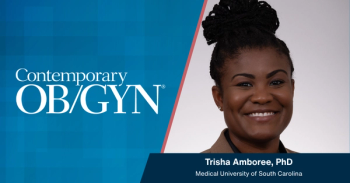
How did Massachusetts’s healthcare reform impact low-income women?
Low-income women in Massachusetts received roughly the same preventive care services after the state passed landmark healthcare insurance reform as they did under the previous Women’s Health Network (WHN), according to a new study in The Journal of Women’s Health.
Low-income women in Massachusetts received roughly the same preventive care services after the state passed landmark healthcare insurance reform as they did under the previous Women’s Health Network (WHN), according to a new study in
Under Massachusetts’ landmark Chapter 58, enacted in 2006, low-income women formerly eligible for WHN coverage of screening for breast and cervical cancer and cardiovascular risk factors were expected to transition to insurance to pay for these tests. Under WHN, these screenings were provided for free.
Researchers from Harvard Medical School, Brigham and Women’s Hospital, Massachusetts General Hospital, and other Boston-area health centers looked at claims data from the Massachusetts health insurance exchange and chart review data to assess utilization of mammograms, Pap smears, and blood pressure testing among WHN participants in 5 community health centers in the greater Boston region. Longitudinal analysis, by insurance type, was performed and generalized estimating equations were used to examine the likelihood of screening at recommended intervals in the post-reform period in comparison to the pre-reform era.
In both the pre- and post-reform periods, a high prevalence was found of recommend mammographic (86% vs 88%), Pap smear (88% vs 89%), and blood pressure screening (87% vs 91%) and the prevalence was either similar or improved for most of the women post-reform. Mammographic screening at recommended intervals was statistically significantly increased among women who had state-subsidized private insurance (odds ratio 1.58, P< 0.05). However, utilization of Pap smears decreased post-reform among women with unsubsidized private insurance or Medicare. Although the screening prevalence was high, at least 31% of the women required some form of state safety-net funds to pay for the screenings.
The investigators concluded that women in unsubsidized programs may have less access to screenings such as Pap smear. They also believe that the results illustrate the continued need for safety-net funding for preventive screening tests.
To get weekly advice for today's Ob/Gyn,
Newsletter
Get the latest clinical updates, case studies, and expert commentary in obstetric and gynecologic care. Sign up now to stay informed.




















